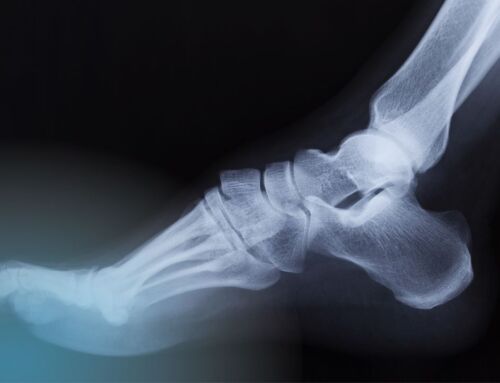Imagine you are riding your bike for the first time since the holidays, after weeks of sitting around and overindulging. As you pedal up an increasingly steep hill, you feel your breathing and heart rate increase, like a motor revving. Not wanting to get discouraged, you focus on the pavement just ahead of your front tire instead of the hilltop high above.
Suddenly a dog barks out the window of a passing car, momentarily startling you. You feel a jolt of adrenaline like a mild electric shock, along with sweat cooling your skin, and go back to focusing on your breathing and heart rate.
By paying attention to the sights, sounds and sensations as you ride, you’re practicing mindfulness as you exercise. Combining these two activities improves your mental wellbeing, and makes you more likely to start exercising and keep doing it when the going gets hard, research shows. That’s great to hear at a time of year when many people give up on their New Year’s fitness goals.
A systematic review published in Mental Health and Physical Activity analyzed the results of 35 studies to look at the combined effects of mindfulness and exercise. The results suggest that when combined, mindfulness and exercise might offer the most benefits for mental health.
Both exercise and mindfulness are good for our mental health.
We know that separately, both have been shown to reduce anxiety and depression and help us better cope with stress.
“Both physical activity and mindfulness practice have well established psychological benefits,” study author Masha Remskar, a behavioral scientist based at the University of Bath in the United Kingdom, told Medical News Today. “However, by reviewing existing research studies, our study is one of the first to show how the positive effects can be increased when the two are combined.”
The findings show that mindfulness helps build up the psychological strengths we need to start exercising and overcome minor pain, discomfort or feelings of failure when exercising gets hard. Here’s an example:
Think back to that bike ride I was describing. Did you make it to the top of the hill, or did you have to hop off your bike and push up the rest of the way? If you had to dismount and walk, this is good time to practice mindful self-compassion. Instead of telling yourself you are out of shape and failed, you enjoy the walk and cool down, while patting yourself on the back for getting outside and exercising.
More research is needed to determine the kinds of exercise most compatible and how to best combine the two.
Researchers around the world have already started looking into these and other questions.
Years ago, some studies came out suggesting that meditating after working out increases both the effectiveness of the workout and the positive benefits of meditation. These include improving stamina and recovery and reducing pain by lowering the level of the stress hormone cortisol in your body after exercising. Combining meditation and aerobic exercise has even been shown to reduce depression and rumination while enhancing synchronized brain activity.
Reading studies such as these, I bought my husband a Muse Headband a few years back to encourage him to meditate. It’s a science backed home biofeedback device that uses brainwave technology (https://choosemuse.com/). He would use it after he did weightlifting and cardio, and I’m happy to say he is still using it!
You can also try beginning your workout with meditation. Try meditating for five minutes during your warm-up, and at least 12 minutes afterwards to reward yourself for taking care of your mind and body. Try 18 to 20 minutes of my guided Loving Kindness meditation on Balanced Mind with Julie Potiker, and see how you feel.
As always, I’d love to hear from you.




















